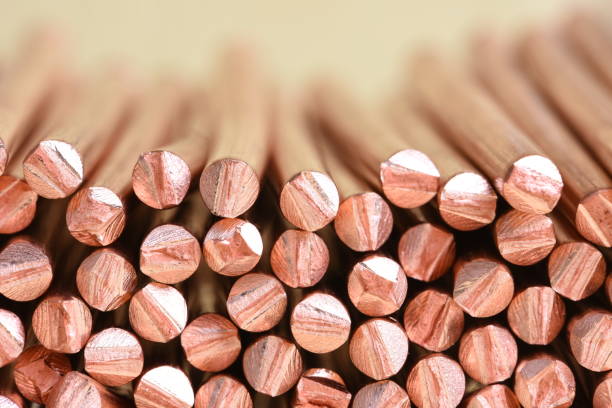Factors that Cause Scrap Market Price Fluctuation

Both scrappers and those involved in the scrap metal industry are concerned about the instability of scrap prices. Over a million tons of scrap are recycled annually by global recycling plants. The industry is flourishing, but there has been a sudden drop in scrap prices.
You’re new to scrap metal and wonder why prices fluctuate so often. This blog will discuss the many factors that contributed to this phenomenon.
Supply and Demand
If the product has high demand and low supply, prices will rise. The same holds for the scrap industry. Prices can rise when there is more demand for metal in projects. However, supply has grown due to increased awareness and efforts in going green and recycling and many new scrappers entering the market. Overseas demand has declined in the past 6 months. The value of the materials has decreased significantly, which means less demand, further reducing the price.
Scrap prices for steel and aluminium can rise if there’s a greater demand for the material. However, rates can vary across the globe.
Stockpile Levels
China and India are two of the largest buyers of scrap metal worldwide. These countries may decide to stop purchasing scrap metal in kirrawee from other countries if they have too much scrap metal or cannot process their scrap profitably. The prices would fall as a result. In reverse, they will be willing to purchase more from other countries if they have more scrap metal than they need. This would increase the price.
Currency Exchange Rates
Currency exchange rates can influence the market. Scrap buyers often switch suppliers quite frequently. Countries with weak currencies, such as Vietnam and Indonesia, frequently change their suppliers to get the best price. This causes havoc in the scrap metal market. Buyers are continually evaluating market options due to the current state of the global economic system.
Market Requirements
Market conditions also influence the prices of scrap metal. Prime buyers of scrap metal might change how they classify or buy materials. Sometimes, certain metals are treated differently in different countries. This can cause a market blip and scrap prices to change. Another reason is a sudden inability to buy more metal. Turkey, for example, is the largest purchaser of scrap steel. However, due to political unrest, they have stopped buying materials.
Local Reasons
Scrap metal prices can be affected by many factors. Local factors such as fuel and oil prices can cause scrap metal prices to change. Prices can fluctuate because scrap metal is transported to different yards or ports with the delivery costs included. Competition is another factor. More scrap yards compete with one another in busy areas. Pricing is also affected by geographical location. Some parts of the country don’t export scrap but rather process it in refineries through a smelting process. This would require a different pricing formula or structure. Scrap prices will be affected by the proximity of the seller.




Leave a Reply